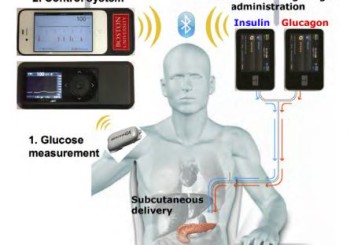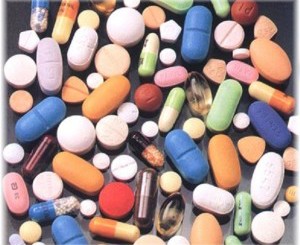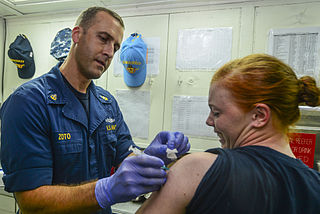

The best way to avoid the flu is spending the months from fall until spring in a solitary bunker, communicating with other people only electronically. The second best way is getting the flu vaccine. The Centers for Disease Control and Prevention (CDC) recommends the flu vaccine for everyone over 6 months who doesn’t have a specific contraindication to it.
Because of the increasing number of different flu vaccines that are now available, this post highlights the three most commonly used flu vaccines, their indications and side effects.
Inactivated Standard-Dose Injectable Vaccine
This is the standard flu shot. It is approved for adults of any age and for children 6 months or older. It is recommended for pregnant women and for people with chronic illnesses, both of whom are at increased risk of serious complications from the flu. It is more effective in adults than the intranasal live-attenuated vaccine.
Side effects from the flu shot are very rare except for soreness and redness at the injection site. The vaccine contains no live virus, so the common misconception that the flu shot can cause flu-like symptoms is just that.
Intranasal Live-Attenuated Influenza Vaccine (FluMist)
This vaccine is a nasal spray. It is approved for healthy, non-pregnant people 2 to 49 years of age. It’s more effective than the inactivated vaccine in children 6 years old or younger. Because it contains a live virus, it should not be taken by pregnant women, patients with weakened immune systems, people with respiratory illnesses, or caregivers of severely immunocompromised patients.
FluMist can cause runny nose, nasal congestion, and sore throat.
Inactivated High-Dose Vaccine (Fluzone High-Dose)
Older people are at highest risk for complications for the flu, so they have potentially the most to benefit from vaccination. But ironically older people have immune systems that have the weakest responses to vaccines. For this reason, a vaccine with a higher dose was produced. Fluzone High-Dose has four times as much antigen from each flu strain as the regular vaccine. It’s basically just like getting four standard flu shots but in the same injected volume as one shot. It is slightly more effective in preventing flu than the standard vaccine. In a randomized trial trial 1.4% of older adults who received the high-dose vaccine later developed flu compared to 1.9% of those who received the standard-dose vaccine. That means that for every 200 older adults who take the high-dose vaccine instead of the standard-dose, one case of flu is prevented. Fluzone High-Dose vaccine is approved for adults 65 years and older. This group of people can also opt for the standard vaccine.
Fluzone High-Dose causes more injection-site reactions than the conventional vaccine but no increase in serious adverse effects.
The CDC influenza vaccination page has a lot more information about each vaccine and more specific contraindications.
So figure out which vaccine is right for you and get it. Our office only carries the inactivated standard-dose shot, but the others are available at many pharmacies. After protecting yourself you can come out of your bunker, or invite friends over. I’ll bring snacks.
Learn more:
Vaccination: Who Should Do It, Who Should Not and Who Should Take Precautions (Centers for Disease Control and Prevention)
Google Flu Trends for Los Angeles
Efficacy of High-Dose versus Standard-Dose Influenza Vaccine in Older Adults (New England Journal of Medicine, by subscription only)
Influenza Vaccine for 2014-2015 (The Medical Letter, by subscription only)
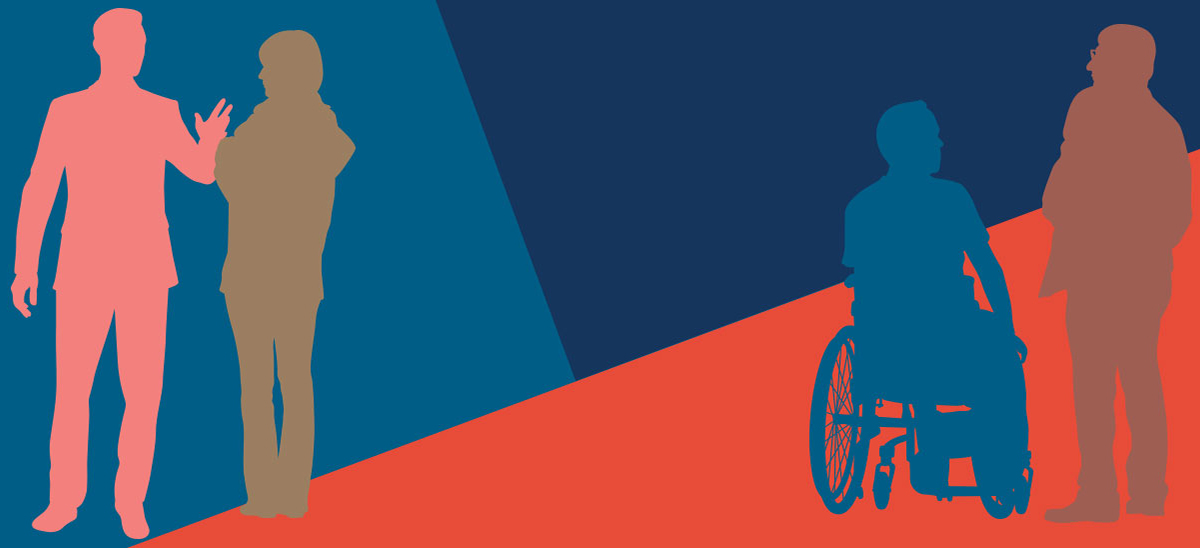
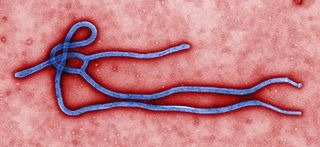

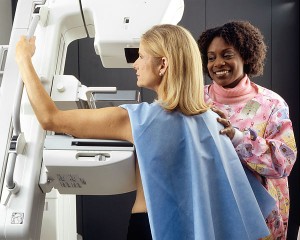

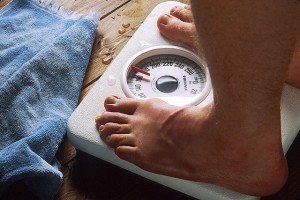
 The joys of September! Parents gleefully shove their reluctant children onto school buses, the palm trees in Los Angeles don’t change color, and everyone realizes that they gained 20 pounds during their summer vacation. It’s time to get serious again about losing weight.
The joys of September! Parents gleefully shove their reluctant children onto school buses, the palm trees in Los Angeles don’t change color, and everyone realizes that they gained 20 pounds during their summer vacation. It’s time to get serious again about losing weight.



